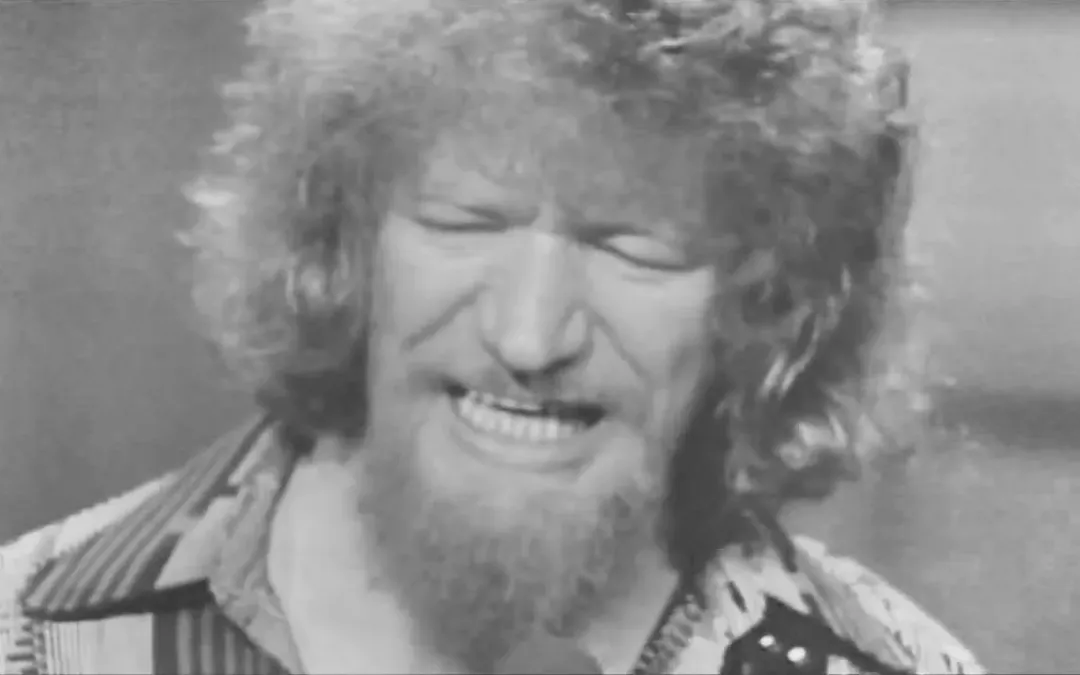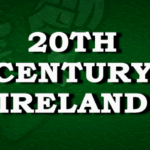In 1565, Shane an Diomas (the proud) O'Neill was the virtual ruler of all Ulster. There the English had retreated to Carrickfergus and Newry. Shane had routed the Mac Donnells of the Glens believing that it would make Elizabeth I look kindly upon him as the Mac Donnells were her sworn enemies.
Elizabeth was wary of Shane and angered not only by the slaughter he had made upon the Mac Donnells but also by his victories over the Maguires of Fermanagh and the O'Donnells of Donegal whose Earls had sworn loyalty to her.
The Lord Deputy of Ireland, the Earl of Sussex was replaced by his relative, Sir Henry Sidney and he was requested to extirpate utterly Shane the proud O'Neill.
In 1566 Sir Henry Sidney set forth into the north accompanied by Shane Maguire and Calvagh O'Donnell, the Earl of Tyrconnell, who, through the request of Elizabeth had been released by Shane from prison irons. At the same time a naval force, led by Edward Randolph, the Queen’s Lieutenant of Ordinance, had been ordered to the Foyle in Ulster but the invasion had failed as O'Neill refused to meet the English in full battle.
O’Neill did make an attempt to capture the island of Derry but was beaten back by heavy fire. His forces managed to kill Randolph and the English ships sailed away. On the beleaguered island fort at Derry, the English garrison fell prey to disease and hunger and eventually, in April 1667 they abandoned Derry after their magazine blew up accidentally.
Sidney had managed to recover Fermanagh from O’Neill but Shane Maguire died before this. Calvagh O'Donnell was to see his own lands but died not long afterwards when thrown from his horse. He was succeeded by Sir Hugh O'Donnell, a nephew of Shane an Diomas. The O'Donnells now began their efforts to resist O'Neill and throw off his dominance over them.
At the battle of Farsetmore
As Shane moved into O'Donnell territory he was met at a ford on the river Swilly known as Farseid Mór (Farsetmore) by a large force of O'Donnells reinforced by McSweeney's, a gallowglass clan that had long been allies of the O’Donnells and held lands at Fanad, and na dTuath (Doe). Farseid Mór is about two miles downstream of the town of Letterkenny and is located just before the river empties into Lough Swilly. There are vast mudflats at the mouth of the river and the ground on either side rises steeply forming a glen that is about two miles wide.
Led by Shane an Diomas the O'Neill force, numbering around 2000 men crossed at the ford on 8th May 1567 and were met by a similar force led by Sir Hugh O’Donnell. The fighting was fierce but gradually the O'Neills began to give way. The ford is on a tidal stretch of the river and as the tide came in, many of the O'Neills became trapped and drowned. Shane’s force was decimated and it is reckoned that between 1,000 and 1,300 of them lost their lives. Shane, however, managed to escape back into Tyrone.
The death of Shane (the proud) O’Neill
Fearing the wrath of Hugh O'Donnell and his Cineal Connail, O’Neill tried to renew relationships with the MacDonnells of Antrim, the very clan which he so savagely butchered two years previously.
The MacDonnells decided to play along with him and arranged a feast in his honour at Glenshesk. It is thought that Sir Henry Sidney, the Queen’s deputy, had knowledge of the meeting and that he had promised the MacDonnells that he would allow them to stay in Antrim if they killed Shane the Proud. Whether that is true or not, a row did break out during the feast and the MacDonnells fell on Shane and killed him.
The corpse of Shane (the proud) O’Neill was disinterred and decapitated by William Piers the captain of Carrickfergus and he dispatched it in a pickle barrel to Sidney in Dublin. The head was then displayed on a spike T Dublin Castle.
Shane, an Diomas, O'Neill was replaced by Turlough ’Neill, commonly known as Luineach after his foster clan the O'Lunneys.
Sources
1. A History of Ulster by Jonathan Bardon. The Blackstaff Press. Belfast 2007 edition.
2. The Course of Irish History by T.W.Moody and F.X.Martin. Mercier Press. Dublin 2001.
3. The MacDonnells of Antrim by Rev. George Hill. Pages 140 to 150.










